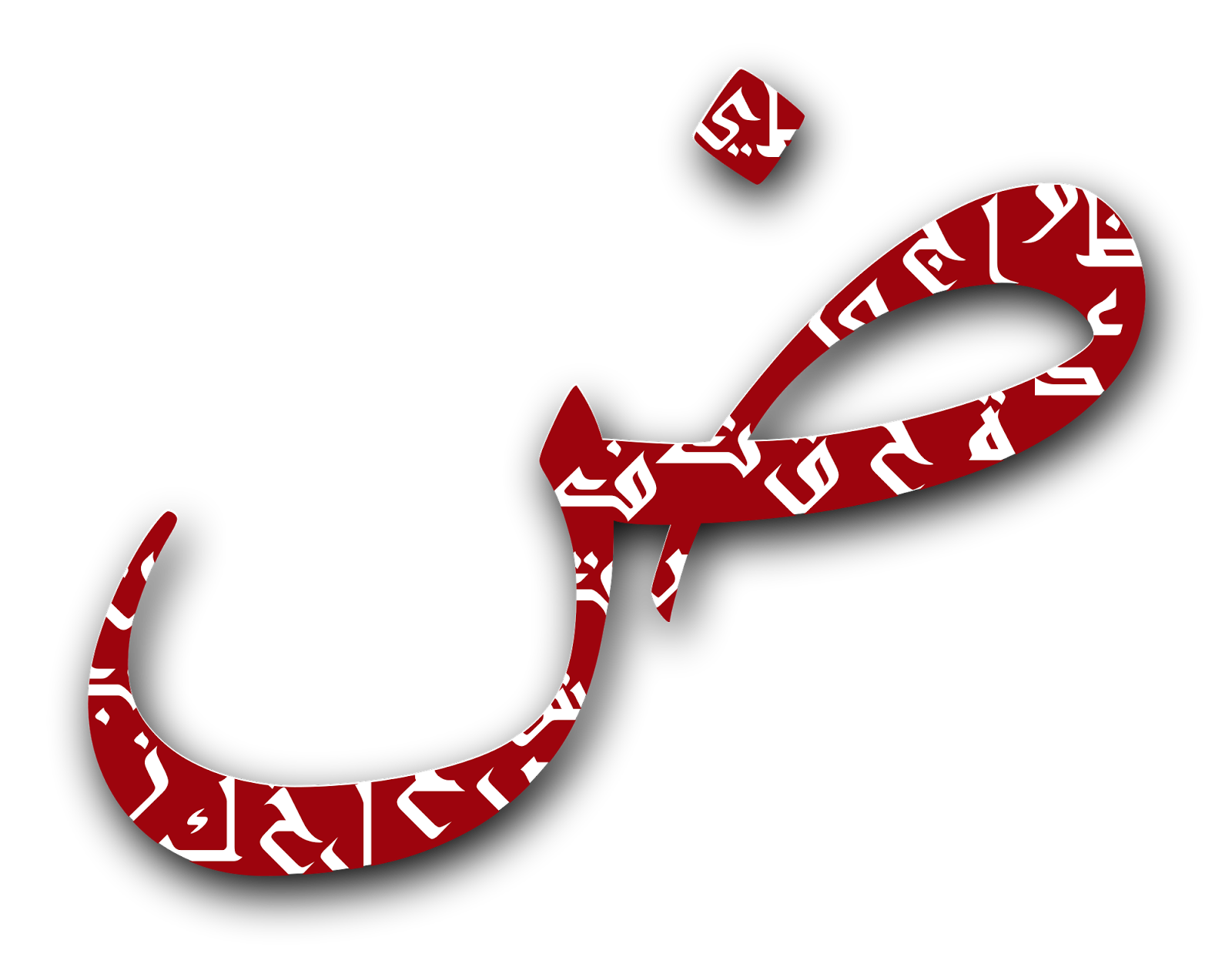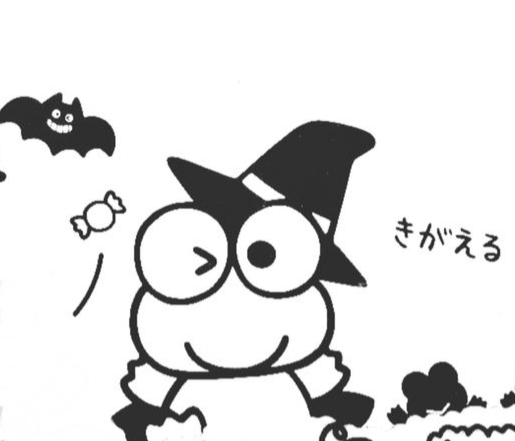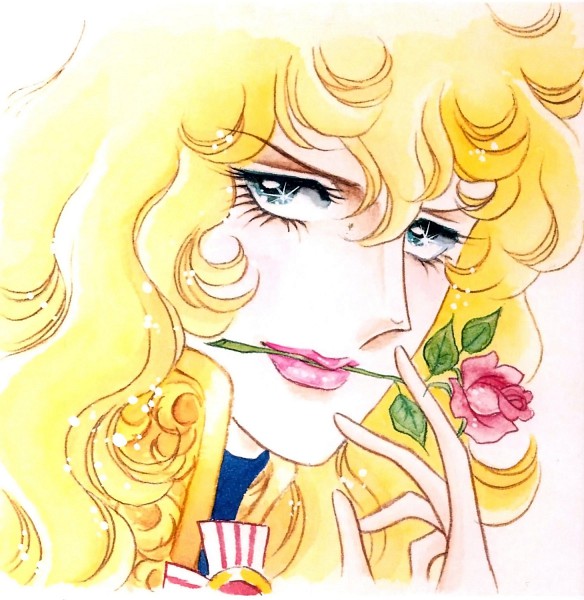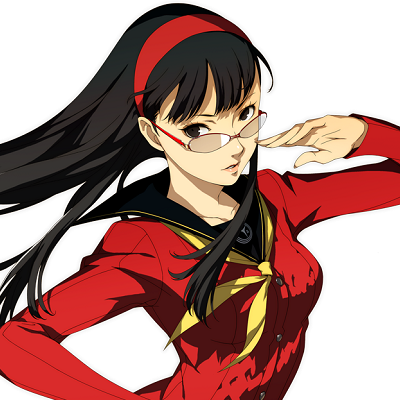That is the letter ت, pronounced same as t
![]() Yalla, let's learn some Arabic
Yalla, let's learn some Arabic ![]()
There are 2 other letters that look exactly the same except for the dots, here is how to tell the three apart:
The (b sound) ب has the dot below its shell
The word “below” starts with the sound b.
Transliterated as b
The (t sound) ت has two dots above its shell
The word “two” starts with the sound t.
Transliterated as t
The ث (th sound) has three dots above its shell
The word “three” starts with the sound th.
Transliterated as th
| mnemonic | pronunciation | letter |
|---|---|---|
| dot below | b | ب |
| two dots | t | ت |
| three dots | th in three | ث |
:read-theory:
Remember: these three letters have the exact same shape, only the dots are different. The only reason dots exist in Arabic is so we can easily tell letters like these apart.
Since they have the same shape, they behave the same way when we write them in cursive, which is the only way to write in Arabic. You'll see what this means when we talk more about the script.
Pronunciation examples:
ب (b sound) :
باب door baab
ت (t sound) :
توت mulberry tuut
ث (th sound, as in three) :
In this example the ث is ثـ
ثَوب garment thawb
Check the comments.
Arabic is written from right to left in a cursive style, and there are no capital letters.
Also Arabic letters have slightly different shapes depending on where they are in a word i.e. whether they stand alone or are connected to a following or preceding letter or both. It's because we write in cursive so we need to connect the letters, and that is why they change their shapes slightly.
Dw it is really easy and will make perfect sense when we get to it.
Yes
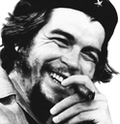
Actually, an Egyptian children's song goes something like this:
توت توت توت توت قطر صغنطوط
tuut tuut tuut tuut 'aTr SughanTuuT
قطر means train 'aTr
and صغنطوط SughanTuuT means small

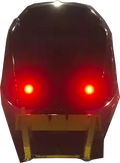
توت توت توت توت قطر صغنطوط
thank you! I will listen to the song now
I found a YouTube link in your comment. Here are links to the same video on alternative frontends that protect your privacy:
I found a YouTube link in your comment. Here are links to the same video on alternative frontends that protect your privacy:
In case someone doesn’t know, transliteration means converting text from one script to another (Arabic to Latin in our case) while maintaining the pronunciation.
No they are connected and written from RTL, it's just that the middle letter in each of these words happens to be a one-way connector i.e. it connects to the letter preceding but not the one following, e.g.:
ث + و + ب = ثوب
This is all a bit advanced for now.
I realised the problem when I enlarged the text enough to see the dots properly. I'd been expecting to see ث in the final example and misread ب as that. Then the little gap went against my expectation of cursive and I got confused. All the not-Arabic posting had me primed for tech problems, but it's just that I'm not wearing glasses, and the first two examples hadn't forced my left-to-right brain to pay more attention. Sorry to bother you with my idiocy.
So, now that I can actually see, I notice an extra slanted line on top in ثَوب (example) but not in ثوب (reply). What does that do?
P.S., I like the common-shape approach with mnemonics for disambiguation you've used here. I think it's a good way to build familiarity with new writing systems.
I realised the problem when I enlarged the text enough to see the dots properly.
Yeah this is a real problem with Arabic and computers, see this comment.
Sorry to bother you with my idiocy.
No it's a good question, keep the questions coming, whether you think they are good or not :D
So, now that I can actually see, I notice an extra slanted line on top in ثَوب (example) but not in ثوب (reply). What does that do?
That symbol ( َ ) is a short vowel, similar to the a in cat, and it's transliterated as a.
spoiler
I like the common-shape approach
Thanks! Like I said in the lesson, these three looked exactly the same until we decided to use dots in the script. This is what the alphabet looked like:
ا ٮ ح د هـ ور ح ط ى ك ل م ں س ع ڡ ص ڡ رس ٮ ٮ ح د ص ط ع
And this is after the dots were added and letters sharing the same shape getting grouped together:
أ ب ت ث ج ح خ د ذ ر ز س ش ص ض ط ظ ع غ ف ق ك ل م ن هـ و ي
Thank you! Can I suggest adding a note along the lines of "ث becomes ث in the example"?
I had to do some unicode trickery for that. Do Arabic keyboards have a zero-width joiner key or some other method for forcing particular forms?
And please add me to your ping list.
Can I suggest adding a note along the lines of "ث becomes ث in the example"?
That is a good idea, will do.
Do Arabic keyboards have a zero-width joiner key or some other method for forcing particular forms?
Not zero-width no but we have this connecting line ـ
spoiler
Actually no you'll just have to wait for the next lessons

@blight@hexbear.net @ButtBidet@hexbear.net @xiaohongshu@hexbear.net @mathemachristian@hexbear.net @infuziSporg@hexbear.net
Anyone else wants to get pinged in the future?
I'm learning the very basics of Arabic right now, and this is very helpful. Thank you.
Wait, is duolingo bad? I was using that to learn Japanese and thought I was learning quite well (until the Kanji came out and I decided to stop)
I found a YouTube link in your post. Here are links to the same video on alternative frontends that protect your privacy:
